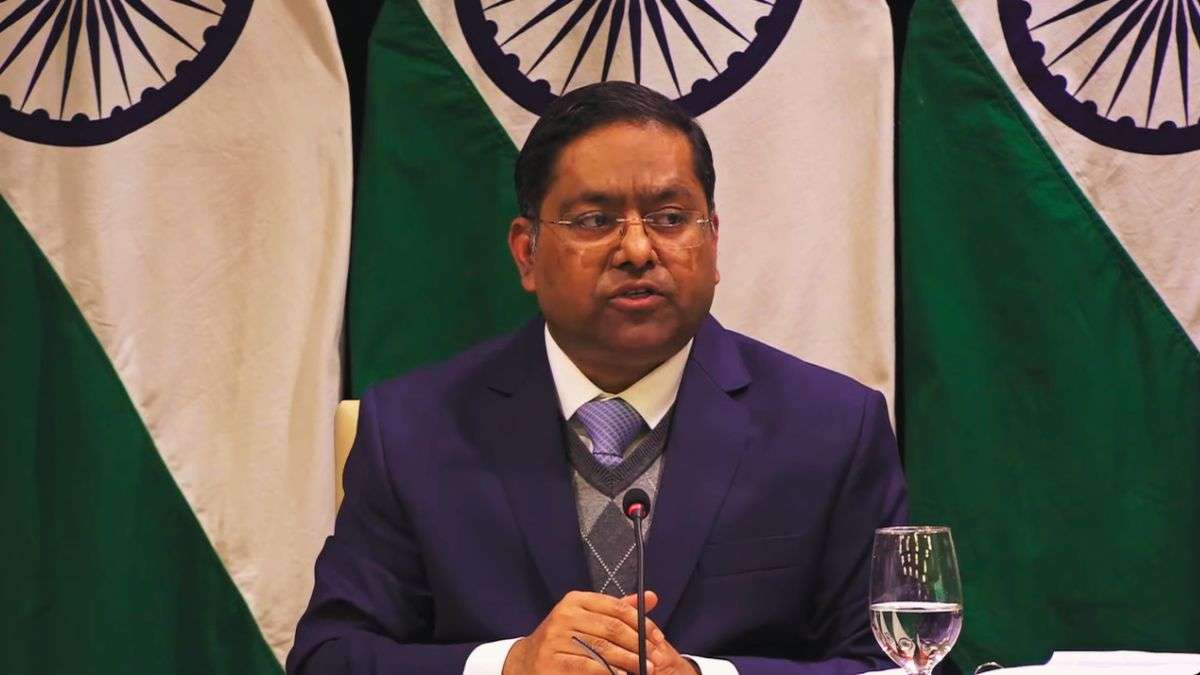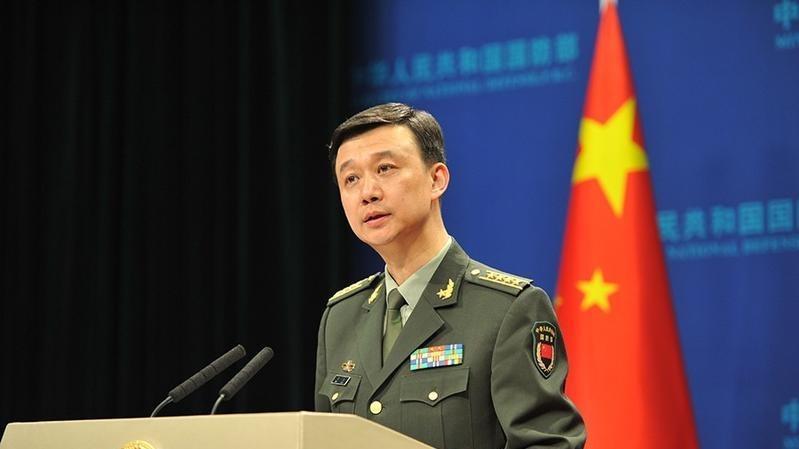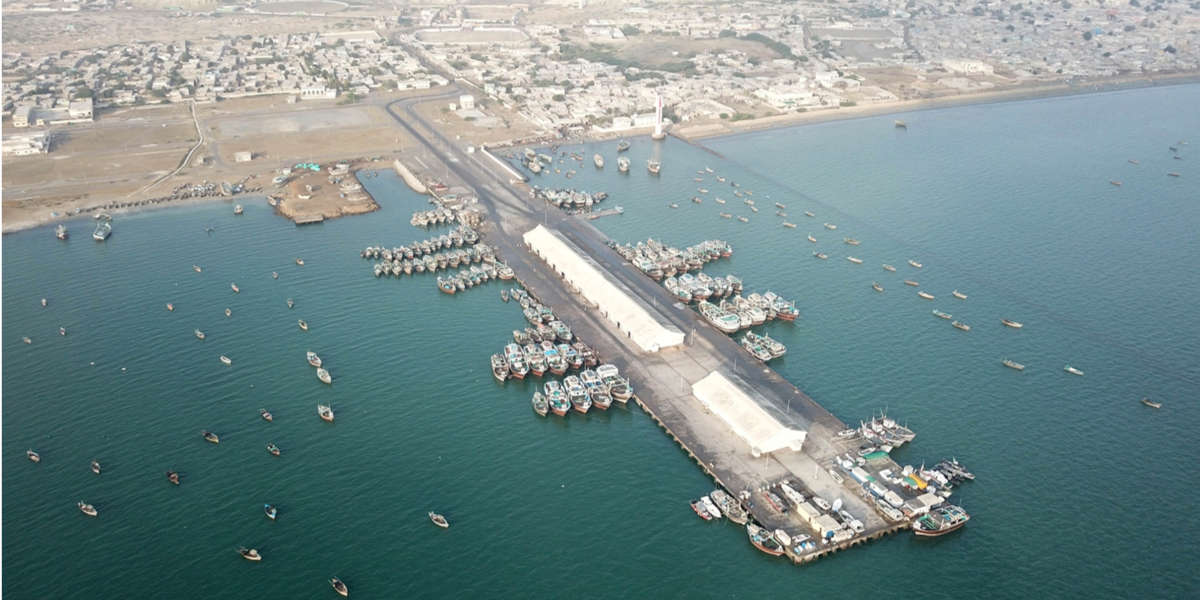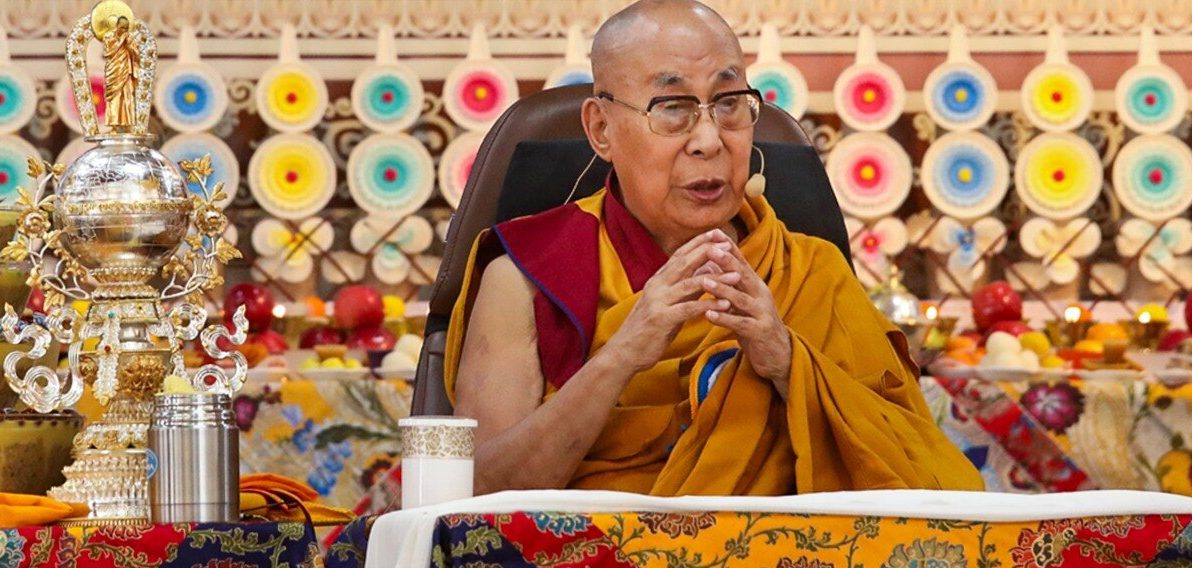The world of international politics has a simple truth: the bold set the rules, the cautious follow them.
Right now, we’re watching this play out between Asia’s two giants.
China confidently publishes maps showing Indian territory as its own and builds highways through disputed Kashmir.
India? It sends diplomatic protest letters and avoids meeting a spiritual leader who lives on its own soil.
This isn’t just about manners or diplomatic niceties.
It’s about who shapes reality in the 21st century—and right now, assertiveness is winning over caution.
In May 2025, China released yet another list renaming 27 places in Arunachal Pradesh—mountains, rivers, towns—giving them Chinese, Tibetan, and Pinyin names complete with GPS coordinates and high-resolution maps. This was the 5th time China has done this, following similar exercises in 2017, 2021, 2023, and March 2024.
India’s Foreign Ministry spokesman Randhir Jaiswal said the right things: “Creative naming will not alter the undeniable reality that Arunachal Pradesh was, is, and will always remain an integral and inalienable part of India.”

Strong words. But here’s the problem: China has now renamed 62 locations in total across these exercises. Each time India protests. Each time China simply moves on to the next batch. The pattern is clear—China makes claims through repetition, India responds with statements.
One side is changing maps, the other is changing nothing.
In August 2023, China released its “2024 edition of the standard map” showing Arunachal Pradesh, Aksai Chin (which it has occupied since 1962), Taiwan, and the disputed South China Sea all as Chinese territory. These maps go into Chinese school textbooks. They appear in official documents. They’re shown at international forums. Slowly but surely, they create a perceived reality.
When Prime Minister Modi inaugurated a tunnel in Arunachal Pradesh in March 2024, the United States backed India, with the State Department saying it “recognizes Arunachal Pradesh as Indian territory”.
But American support didn’t change the fundamental dynamic: China’s maps remain, its claims persist, and its pressure continues.
China’s Defense Ministry spokesman Wu Qian bluntly stated in March 2024: “It is an undeniable fact that Zangnan has been Chinese territory since ancient times, where does the so-called ‘Arunachal Pradesh’ come from?”

That’s not diplomacy—that’s denying India’s very existence in a region it governs.
And,
If maps tell a story, highways seal a destiny. The China-Pakistan Economic Corridor isn’t just about economics—it’s about creating facts on the ground that become impossible to reverse.
This project, worth approximately 65 billion dollars and described as China’s flagship Belt and Road Initiative, runs more than 400 kilometers through Gilgit-Baltistan in Pakistan-Occupied Kashmir. This is territory India considers illegally occupied by Pakistan. Yet China has built highways, established special economic zones, constructed hydropower plants like the 1,124-megawatt Kohala project, and created entire administrative structures there.
India officially opposes the project. The government has stated it “consistently opposed the Belt and Road Initiative” because connectivity projects must be based on “universally recognized international norms, good governance, rule of law, openness, transparency, and equality.” But consistency in opposition means little when your opponent is pouring billions into concrete and steel.
The strategic calculation is brutal: while India objects, China builds.
The Gwadar port connects to China’s Xinjiang region through a network that slashes China’s energy import route from the Middle East by roughly 12,000 kilometers. More importantly, every year that passes with Chinese infrastructure operating in these areas makes them seem more like established Pakistani territory and less like disputed land.

What’s India’s counter-move? Diplomatic notes. International forum statements.
Meanwhile, Chinese workers lay roads, investors open factories, and a new reality takes shape—one road, one power plant, one industrial zone at a time.
Nevertheless,
The clearest example of India’s excessive caution is how it treats the Dalai Lama—a man who has lived in Dharamshala since 1959, yet is treated like diplomatic dynamite.
In June 2024, when U.S. lawmakers including former House Speaker Nancy Pelosi met the Dalai Lama in Dharamshala, it highlighted a glaring contrast. America passes the Resolve Tibet Act, sends congressional delegations, and publicly supports Tibetan autonomy. India—which hosts the Dalai Lama and 130,000 Tibetan refugees—tiptoés around him.
In May 2024, PM Modi did say “I frequently talk with the Dalai Lama” during an election rally in Himachal Pradesh. But these talks are mostly private phone calls, often birthday wishes.
Substantial public engagement remains rare.
When Modi attended the Global Buddhist Summit in 2023, the Dalai Lama was chief guest on a different day—they were in the same event but didn’t meet, most likely due to Chinese pressure.

Back in 2018, Foreign Secretary Vijay Gokhale sent a directive asking government officials to avoid attending events marking the 60th year of the Dalai Lama’s exile, calling it a “very sensitive time” for Indo-China relations. Senior leaders stayed away from a “Thank You India” event in Delhi.
The pattern is revealing: occasional boldness followed by long periods of extreme caution. In 2014, Modi invited Tibetan exile leaders to his inauguration. During the 2017 Doklam standoff, India permitted the Dalai Lama to visit sensitive Tawang. But these moments are exceptions, not the rule.
China’s position is unambiguous. Foreign Ministry spokesman Lin Jian has warned that any meeting with the Dalai Lama is “a major offense to the sentiment of the Chinese people”. And largely, India complies with these demands, despite the spiritual leader living on Indian soil and representing no military threat whatsoever.

The U.S. Dalai Lama meeting “seeks to compensate for the US administration’s reluctance to speak up on Tibet,” said Professor Brahma Chellaney of the Center for Policy Research. If even America’s relatively cautious approach looks bold compared to India’s, something is seriously off-balance.
Also,
Taiwan is where India’s caution borders on the absurd. Bilateral trade between India and Taiwan reached a record 10.6 billion dollars in 2024, up from 8.2 billion in 2023. By the end of 2024, Taiwan had established 39 Mandarin language centers across India. Major Taiwanese companies like Foxconn are investing billions in Indian manufacturing.
Young Liu, Foxconn’s chairman, was awarded India’s Padma Bhushan—the country’s third-highest civilian honor—in 2024. In February 2024, India’s Tata Electronics partnered with Taiwan’s Powerchip Semiconductor Manufacturing Corporation to build India’s first AI-enabled chip fabrication facility in Gujarat.
Yet all of this happens in diplomatic twilight. When Taiwan’s President Lai Ching-te congratulated Modi on his June 2024 election victory, and Modi responded expressing hope for closer ties, China erupted. Foreign Ministry spokesperson Mao Ning rejected Lai’s status as “President” and demanded India resist Taiwan’s “political calculations.”
India maintains a “One-China Policy” and doesn’t officially recognize Taiwan—fair enough, only twelve countries in the world do. But India’s engagement with Taiwan focuses on what experts call “the three Ts”—Trade, Technology, and Tourism. Missing from that list: political support, defense cooperation, or clear diplomatic backing.
Compare this with American policy. Washington maintains “strategic ambiguity” on Taiwan, but that ambiguity includes massive military sales, high-level political visits, and clear warnings to Beijing about using force. India’s ambiguity, by contrast, leans heavily toward appeasing Chinese sensitivities.
Taiwanese diplomats have expressed frustration with India’s approach, describing it as “one step forward, two steps backwards.” India fears that explicit support for Taiwan would unnecessarily provoke China. But this caution comes with real costs: diminished credibility as a regional power and missed opportunities to shape the Indo-Pacific order.
Why It Matters?
Some will argue that India’s cautious approach reflects wisdom, not weakness.
After all, India shares a 3,488-kilometer border with China—a border that erupted into deadly violence in Galwan Valley in June 2020, killing 20 Indian soldiers. In October 2024, after more than four years of negotiations, India and China finally reached an agreement to disengage troops in certain areas. China is a nuclear power, a permanent UN Security Council member, and an economic giant.
These are legitimate concerns. But caution has its own costs that are rarely calculated.
When China publishes maps claiming Indian territory, those maps enter school textbooks, official documents, and international consciousness. Repetition creates perceived legitimacy. When China builds roads through disputed Kashmir, it creates infrastructure that any future negotiations must account for—you can’t un-build a highway. When India hesitates to engage the Dalai Lama publicly, it signals that Chinese pressure works.
The current pattern creates an imbalance: China makes bold assertions, India carefully responds. The assertive party sets the agenda, the cautious one reacts. In this dynamic, the initiative always belongs to Beijing.
The recent naming exercises come despite “tentative but promising signs” of stabilization in India-China ties, with diplomatic meetings between Xi and Modi in October 2024, followed by meetings between foreign ministers and defense ministers. Yet even as both countries try to improve relations, China continues its territorial assertions.
This suggests that Beijing sees no contradiction between diplomatic engagement and territorial pressure—it simply pursues both simultaneously.
Signs of Shift?
There are hints that India may be reconsidering its approach. The Padma Bhushan award to Foxconn’s Young Liu in 2024 sent a message. India’s participation in the Quad alongside the United States, Japan, and Australia—all of which have clearer stances on Taiwan—indicates shifting calculations. Taiwan’s anticipated opening of a third representative office in Mumbai shows expanding ties.




 Dr. Jaimine Vaishnav is a faculty of geopolitics and world economy and other liberal arts subjects, a researcher with publications in SCI and ABDC journals, and an author of 6 books specializing in informal economies, mass media, and street entrepreneurship. With over a decade of experience as an academic and options trader, he is keen on bridging the grassroots business practices with global economic thought. His work emphasizes resilience, innovation, and human action in everyday human life. He can be contacted on jaiminism@hotmail.co.in for further communication.
Dr. Jaimine Vaishnav is a faculty of geopolitics and world economy and other liberal arts subjects, a researcher with publications in SCI and ABDC journals, and an author of 6 books specializing in informal economies, mass media, and street entrepreneurship. With over a decade of experience as an academic and options trader, he is keen on bridging the grassroots business practices with global economic thought. His work emphasizes resilience, innovation, and human action in everyday human life. He can be contacted on jaiminism@hotmail.co.in for further communication.